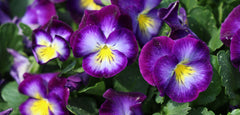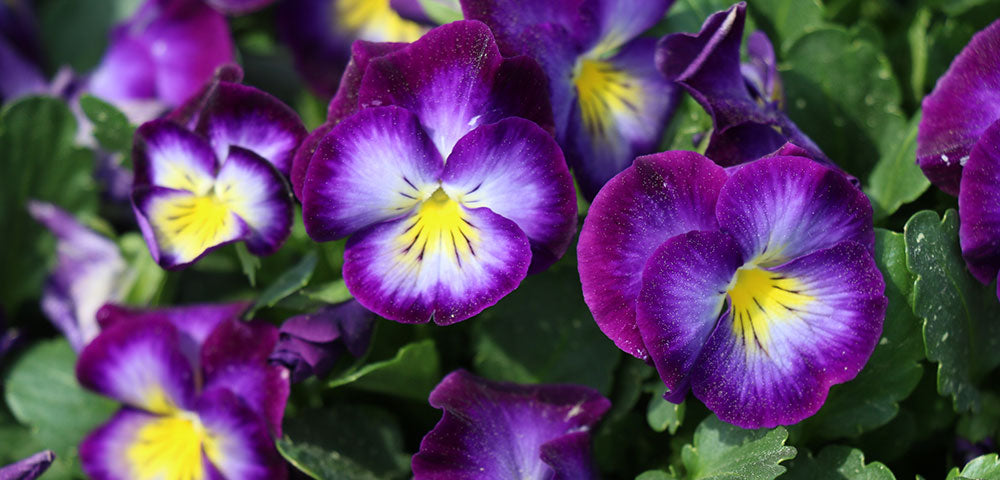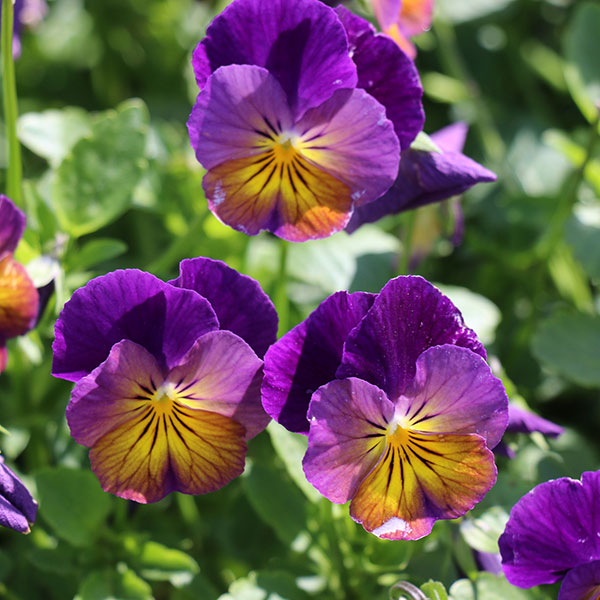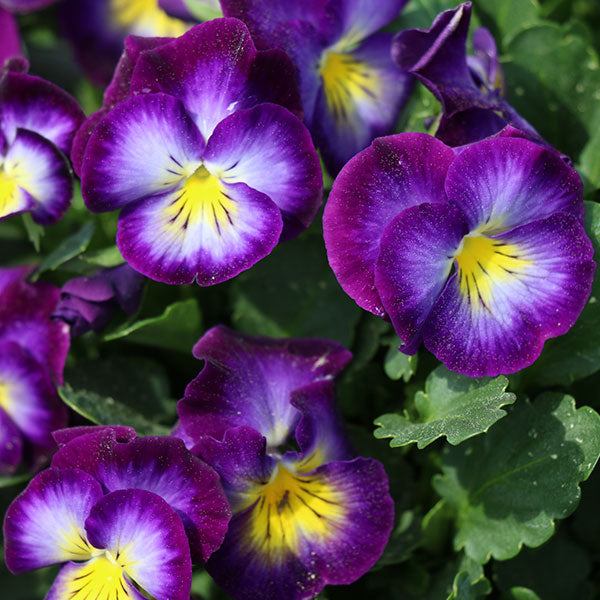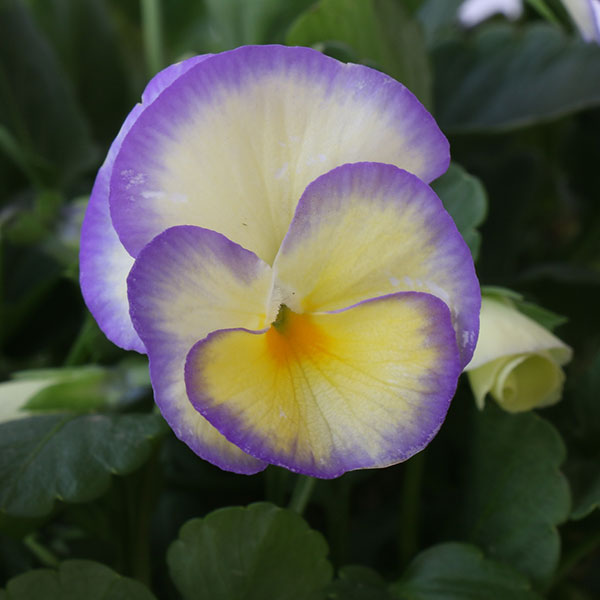Viola, Perennial (Viola spp.)
Viola, Perennial Plant Features
Perennial violas look a lot like their cousins, pansies. But, perennial violas offer the benefit of coming back year after year, adding early-season color to the garden, as well as lots of curb appeal first thing in the season when relatively few other plants bloom. Perennial violas bloom in a wide range of colors, and have a soft, old-fashioned feel that makes them ideal for use in cottage gardens. Because these spring flowers are low growing, they're excellent choices for the front of the border or lining walkways and sidewalks. Hardiness varies by variety; if you live in an especially cold-winter area, be sure to check the hardiness before planting.
Viola, Perennial Growing Instructions
Grow perennial violas in full sun (at least 6 to 8 hours each day) or partial shade. Most varieties can grow quite well in shade, but don't bloom as profusely. Water perennial violas enough to keep the soil moist, but not wet. Though these spring-flowering plants can tolerate some drought, they look better -- and bloom better -- with regular watering.If you have average or good soil, you don't need to fertilize perennial violas. You can fertilize if you wish, however -- using any general-purpose garden fertilizer. Follow the directions on the product packaging. Topdressing your soil with compost each year will also help perennial violas to thrive.
Because violas are cool-weather-loving early-spring flowers, a layer of mulch over the soil around them can keep them happy and blooming later into the spring or early summer. A 2- to 3-inch-deep layer of mulch helps keep the soil cool and moist.
Perennial violas don't require regular pruning, but you can cut the plants back in summer once hot weather sets in and stresses the plants.
-
Water
Medium water needs
-
Light
Outside: Part sun
Outside: Shade
Outside: Sun
-
Colors
Blue
Pink
Purple
Variegated
White
Yellow
-
Special Features
Fragrant flowers/foliage
Super-easy to grow
Complement your Viola, Perennial
Dianthus, PerennialPerennial dianthus is another low-growing plant that looks lovely interplanted with perennial violas.
Coreopsis
Complement perennial violas with coreopsis. Early varieties of coreopsis will pick up blooming when perennial viols begin to fade.
Delphinium
Accent perennial viola with the beautiful blue, pink, or white flowers of delphinium.
